Recycling of carbide tools
Sumitomo Electric Group has a complete domestic system which recycles almost the total volume of cemented carbide insert, drills, and endmills, etc. (100% sold domestically). This page introduces where tungsten, which is one of the main materials for cemented carbide tools, is situated currently and how Sumitomo Electric Group has been engaged in recycling activities.
Contacts
Sumitomo Group provides dedicated representatives in three areas; Tokyo, Nagoya, and Osaka to support the recycling of scrap. Thank you for your cooperation in our recycling efforts as we would like to keep on enhancing this activity.
Contact UsRecycling of carbide tools
What are cemented carbide tools made of?
Cemented carbide tools are indispensable for metal processing in automotive and aviation industries. Approximately 90% of those cemented carbide tools is made of a rare metal called "Tungsten(W)".
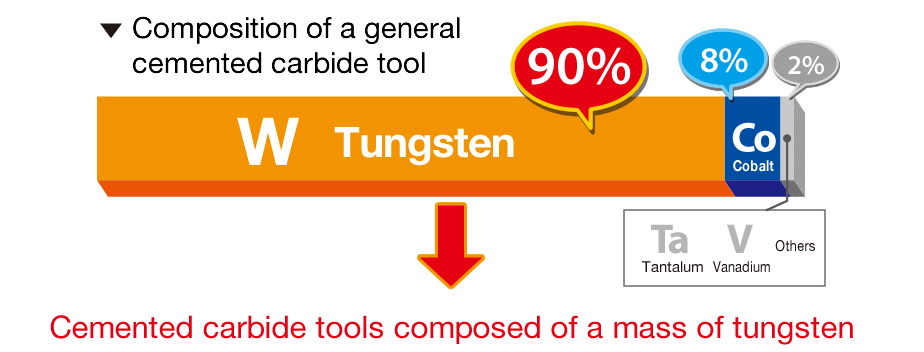
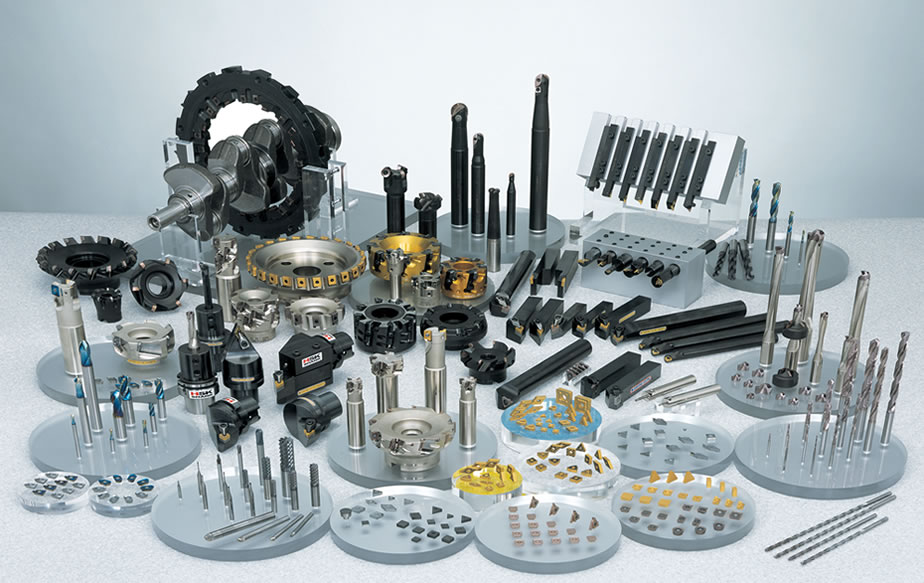
A Variety of Cemented Carbide Tools Made of Rare Metal
Place and Volume of Tungsten Resources, A Main Material of Cemented Carbide Tools
Sources of tungsten used for cemented carbide tools are scattered unevenly as shown in the figure below and prospective countries are limited. Japan is dependent on imports for its total volume and is always exposed to a supply risk of this resource. Image: Place and Volume of Tungsten Resources, A Main Material of Cemented Carbide Tools
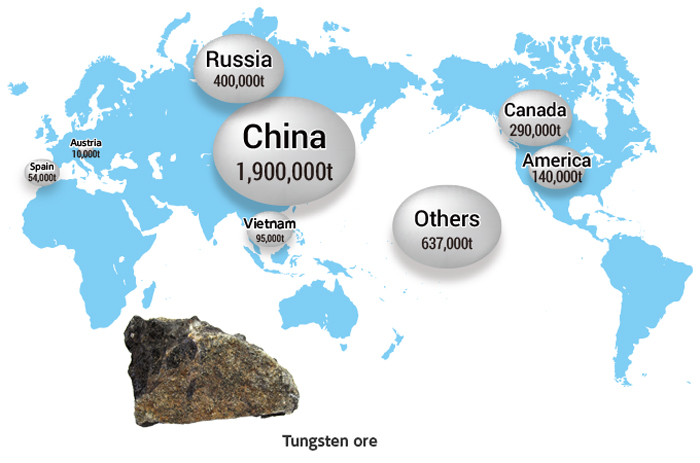
A Variety of Cemented Carbide Tools Made of Rare Metal
(出典:Mineral Commodity Summaries 2021)
Tungsten Consumption Ratio in Major Countries
Because tungsten is heat-resistant and becomes harder as it is alloyed, most of the major countries in the world use this for manufacturing cemented carbide tools.
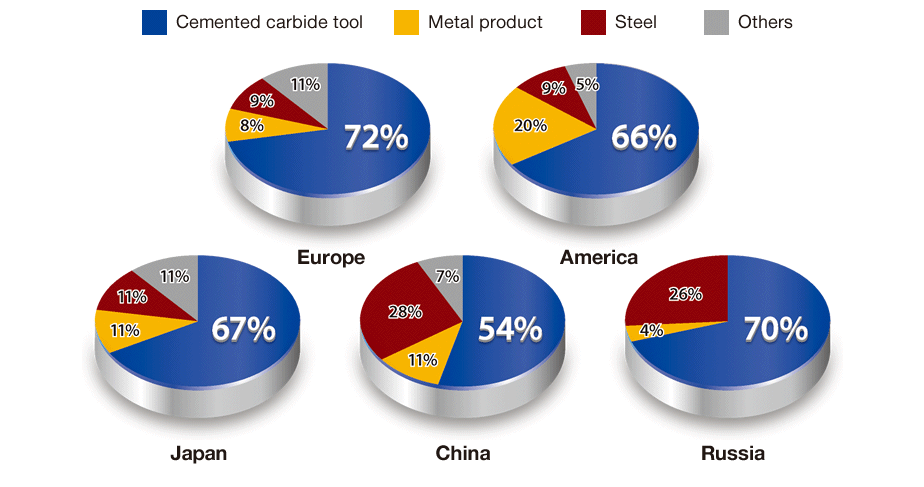
Where are Tungsten Used Other Than for Cemented Carbide Tools?
Though tungsten is mainly used for cemented carbide tools, there are many other applications in our daily life that uses this metal.
-
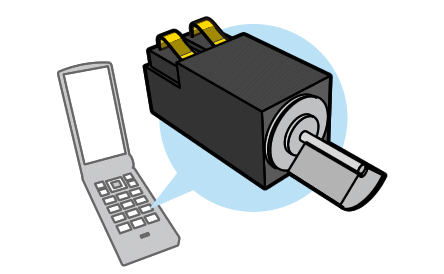
Mobile phone's vibrator
-
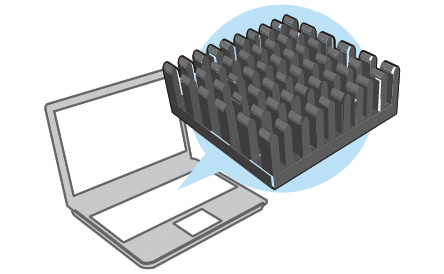
PC's heat sink
-
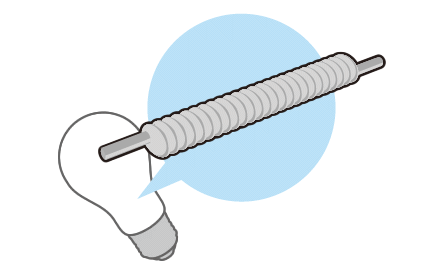
Filament of an electric bulb
-
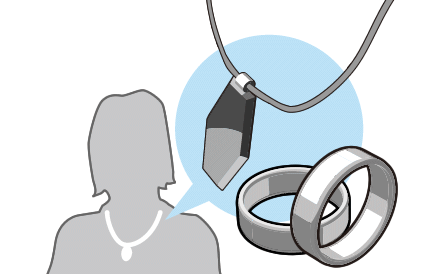
Necklace and ring
Why is that necessary?
Recently, export policies in tungsten-producing countries have changed. While they were previously exporting it mainly as a raw material, with the advancement of technologies, these countries have started to consume it (and manufacture products using tungsten) domestically and in a bit to ensure domestic production, they have even gone to the extend of importing it. In addition, they have also increased its value by limiting export volumes which resulted in a sudden rise of its market price. With the worldwide consumption of tungsten increasing year by year, one of the major concerns is to have a stable supply for the future.
Efficient Refining of Tungsten
To extract tungsten from mineral, a process called "refining" is required, however, the ratio of tungsten in the mineral is less than 1%. On the other hand, tungsten content in a cemented carbide tool is approximately 85%. When the efficiency of refining is considered, you can easily understand that extracting it from cemented carbide scrap is much more "economical".
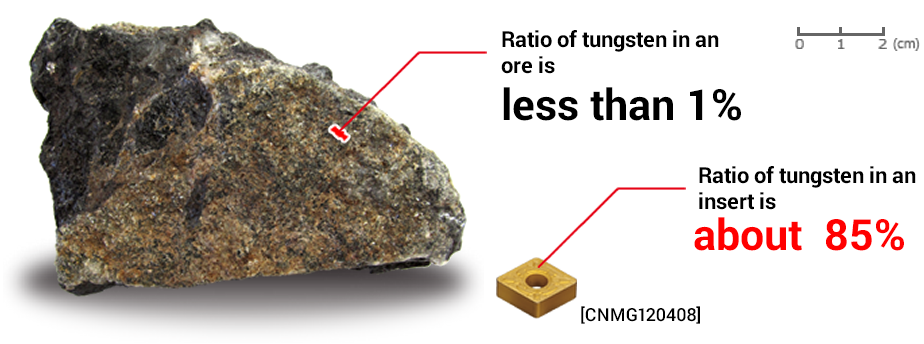
To make one insert, a volume of ores must be refined. Considering mining efforts and transportation energy, etc., you can see how economically it could be recycled from the cemented carbide scrap!

*Converted in 85% of content rate
Cemented Carbide Recycling System
Sumitomo Electric Group is ready for recycling the total volume of domestic sales of the cemented carbides internally. Allocation of raw materials domestically leads to a stable price and supply of cemented carbide tools.
Let's recycle!
Sumitomo Electric Industries, Ltd. has been adopting two methods; "Zinc process" and "Chemical process" to recycle tungsten. We are using either of these methods to make the best use of its respective advantages depending on what to produce.
Chemical Process
Recycles scrap to an intermediate tungsten material, tungsten trioxide (WO3). It has advantages such as "its quality equivalent to ore refining" and "its wider availability (granularity)".

Scrap From the Production Phase of Cemented Carbide Tools
It also includes scrap from a production phase of anything other than the cemented carbide tools. (For further information on recyclable items, contact our representatives as shown below.)
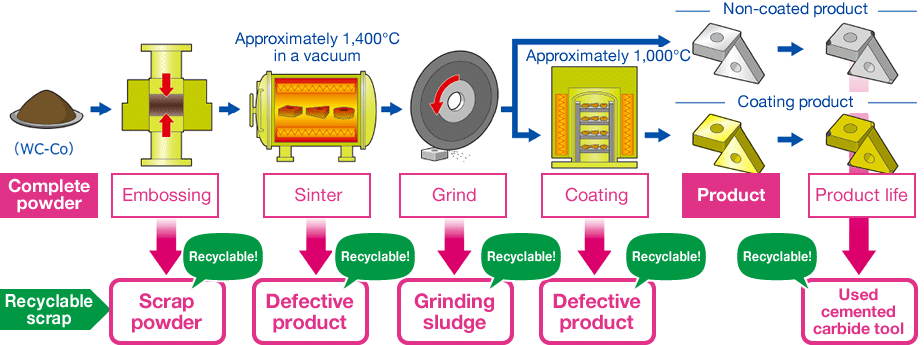
Contacts
Sumitomo Group provides dedicated representatives in three areas; Tokyo, Nagoya, and Osaka to support the recycling of scrap. Thank you for your cooperation in our recycling efforts as we would like to keep on enhancing this activity.
Contact Us
